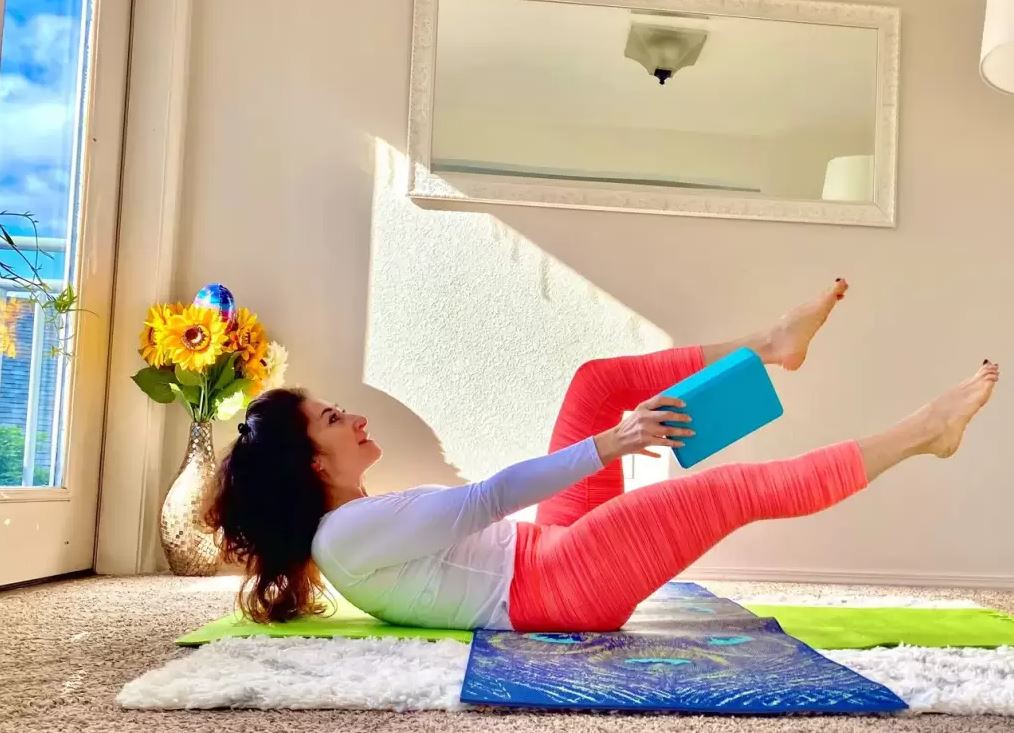What is Pilates?
Core strength is the foundation of how Pilates works. Strengthening the core develops stability throughout the entire torso. This is one of the ways Pilates helps many people alleviate back pain.
Trunk stability through core engagement is the most important aspect of Pilates training since it dictates how the body moves, not just in the studio or gym but in daily life. For Joseph Pilates, the goal was to create a method that would allow the body to move with grace, ease, and efficiency. Such a body has to be both strong and flexible, and it has certain qualities of movement, such as being centered and balanced; fluid yet controlled.
Benefits of Pilates
- Improved strength
- Better posture
- Efficient movement through activities of daily living
- Accessibility
Pilates creates long, strong muscles by taking advantage of a type of muscle contraction called an eccentric contraction. Pilates promotes flat abdominal muscles, a natural result of a system of exercises that emphasizes core strength, flexibility, and skeletal alignment. The core muscles are the deep, internal muscles of the abdomen and back.
Core strength and torso stability combined with the six principles are what sets the Pilates method apart from other types of exercise. Weightlifting, for example, might focus solely on developing arm or leg strength without attending to other parts of the body. Running or swimming emphasizes powering the legs and pumping the arms, but the core may not be engaged at all.

Is Pilates Right for You?
If you’re wondering whether Pilates is right for you, it’s important to consider what it is you’re aiming to achieve. Strengthening your core can help alleviate pain and discomfort in the lower back while developing whole-body strength could improve your performance in another sport or physical activity. If you’re looking for a low-impact exercise that can promote overall health, weight loss, and weight management, Pilates may serve your needs. You’re bound to get stronger, improve your balance, and increase your awareness of your body and how it moves as a result.
How to Get Started?
It’s best to learn Pilates with a certified instructor, ideally one-on-one and in-person, especially if you’re interested in working on a Pilates apparatus like the reformer and Cadillac. However, you can also learn through a combination of classes and home workouts. You might want to watch a few online workouts first to get a sense of what you might expect from a class.


